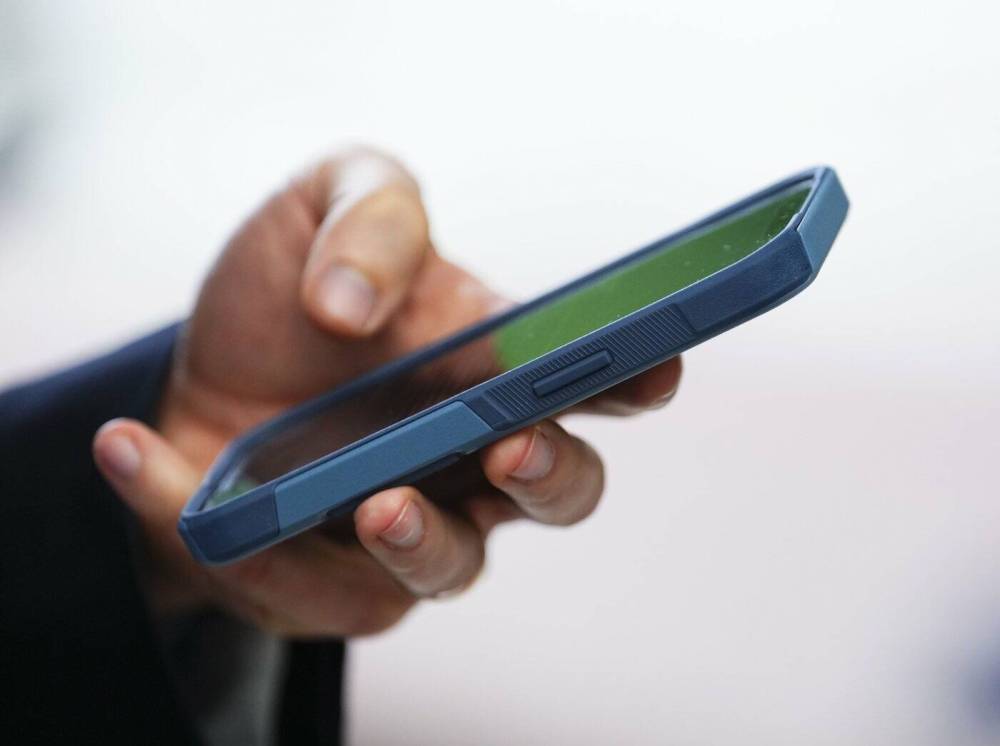Endless waiting on the customer service line
Advertisement
Read this article for free:
or
Already have an account? Log in here »
To continue reading, please subscribe:
Monthly Digital Subscription
$0 for the first 4 weeks*
- Enjoy unlimited reading on winnipegfreepress.com
- Read the E-Edition, our digital replica newspaper
- Access News Break, our award-winning app
- Play interactive puzzles
*No charge for 4 weeks then price increases to the regular rate of $19.00 plus GST every four weeks. Offer available to new and qualified returning subscribers only. Cancel any time.
Monthly Digital Subscription
$4.75/week*
- Enjoy unlimited reading on winnipegfreepress.com
- Read the E-Edition, our digital replica newspaper
- Access News Break, our award-winning app
- Play interactive puzzles
*Billed as $19 plus GST every four weeks. Cancel any time.
To continue reading, please subscribe:
Add Free Press access to your Brandon Sun subscription for only an additional
$1 for the first 4 weeks*
*Your next subscription payment will increase by $1.00 and you will be charged $16.99 plus GST for four weeks. After four weeks, your payment will increase to $23.99 plus GST every four weeks.
Read unlimited articles for free today:
or
Already have an account? Log in here »
Hey there, time traveller!
This article was published 25/09/2024 (419 days ago), so information in it may no longer be current.
‘Your call is important to us — please stay on the line.”
Ah, customer service. Or lack thereof.
It’s not an unusual occurrence these days to spend hours waiting hours on the phone, waiting for customer service to handle a problem.

Sean Kilpatrick / THE CANADIAN PRESS
Is it customer service if there is no service?
Phone an airline’s help line to make a change, and you’re likely to hear a taped response that the call centre is extremely busy, and that “wait times may be longer than 30 minutes.” Thirty minutes? Why, that would be heavenly.
Try two or more hours.
Never fear: some businesses have a time-saving device where you can hang up and the company will automatically call you back when an agent’s available.
Your phone rings, and an automated voice says the airline’s ready to connect you with an agent — just press “1” to connect, or “2” if you no longer wish to speak with an agent.
You press “1.”
The automated voice doesn’t seem to hear you. “Please press 1 or 2.”
You press “1.” You press “1.” You press “111111111111111.”
The automated voice says it will try again in five minutes.
Five minutes later, the automated voice calls you. You press “1” constantly.
The automated voice says it hasn’t heard a response, and hangs up on you.
You have to start again.
And when you finally get a response, the tables turn: the customer representative on the line says you need to contact customer relations for your specific concern. But customer relations don’t have something as simple as a phone number or an email address — you have to contact them by mail, at a Calgary post office box.
And it’s not just the private sector.
The Canada Revenue Agency sings a familiar tune.
The first verse always goes something like this: “We’re experiencing higher-than-normal call volumes…”
(You wonder: has a call centre ever experienced lower-than-normal call volumes?)
You can’t do anything, concentrate on anything, get anything done. Like a fish on a hook, you’re caught. Government or private business, the music is just as bad.
If you hang up, your problem isn’t solved, and you’ll have to start again. If you’re truly lucky, the work day ends before someone is available to take the call that is so important to them. And if you’re spectacularly lucky, you’re asked to make a choice to transfer to a different extension where no one answers, the voicemail mailbox is full, and you’re treated to that familiar declining-note “goodbye.”
Here’s an idea: time is money. And, no doubt, companies save money by making it difficult to reach them — first of all, by having to pay fewer staff to answer calls, and secondly, by having customers simply give up, because it takes too much time to actually reach a human being.
There’s probably even a “rope-a-dope” calculation somewhere in an MBA paper, calculating “the perfect balance of service-to-frustration to create optimum customer surrender value against the downside risk of lost opportunities from permanently lost and angry customers.” Maybe there are charts: a rising line on a graph showing a comparison between how someone stays on the line rising in a direct ratio to the increased dollar value of their particular concern.
So, here’s a whimsical consumer-based solution: when you enter your identifying information on a call, like your account number or booking number or airline rewards number, a timer should start, and once 30 minutes has elapsed, the business that’s wasting your time should have to pay you for the time it’s wasting.
Minimum wage would be a good start: and perhaps after the first hour of having to listen to the same excruciatingly bad music, the rate should rise by half. Thirty minutes more, and another rate increase.
Bet the service would improve dramatically.


